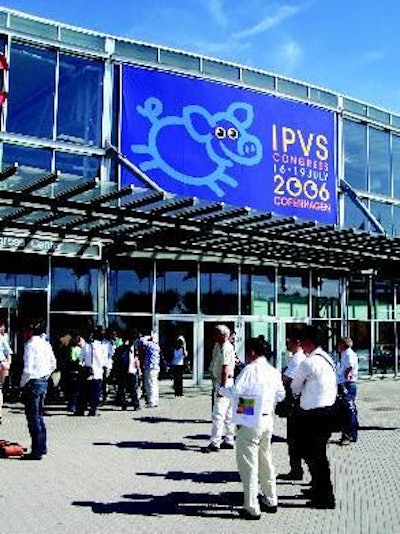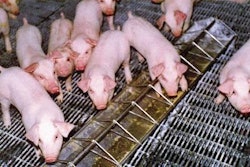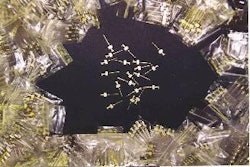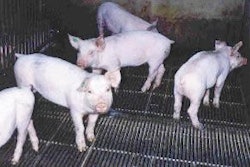
IPVS 06 set new records when the World Pig Health Congress came to Denmark this year. The 19th meeting of the International Pig Veterinary Society was its biggest yet with over 2700 registered delegates from 63 countries. It presented 934 papers from 50 countries on 60 topics, with 194 oral presentations in the scientific programme and 74 in the 4 interactive sessions of the popular Practitioners' Line accompanied by 666 posters.
Coming issues will cover the highlights from the congress in more detail, but one headline was undoubtedly the confirmation that vaccines are appearing internationally (either in the pre-registration phase or fully licensed) in Europe and North America against the PCV2 circovirus blamed for being the primary agent in PMWS wasting disease of weaners and some abortions in sows. Although the techniques behind the vaccines' production vary and the target animal differs (the young pig or the sow), early observations reported to the congress indicated excellent protection from their use.
Opinions continue to be mixed over the likelihood of a second 'Factor X' agent being involved in the most serious PMWS cases. Evidence is hardening that at least 2 distinct PCV2 genotypes exist, one of which has come to prominence more recently and may be more aggressive on diseased farms. The possibility that pig breeds differ in their susceptibility to the virus has not been dismissed, but remains only speculative.
Proclaimed from IPVS was that fears of the highly pathogenic avian influenza virus H5N1 mutating and spreading to humans possibly through pigs have been overdone by the media. The expert view at the congress favoured concentrating globally on the control of avian influenza in poultry rather than spending a fortune on "the unlikely event of a transfer to humans". While pigs are susceptible to the virus, the species barrier has been demonstrated to be extremely strong.
A most promising thread running through congress presentations linked to the improvements being made in tests for diagnosing pig diseases. The modern array of diagnostic tests was said to be better than ever for availability, specificity and sensitivity. PIGI

















